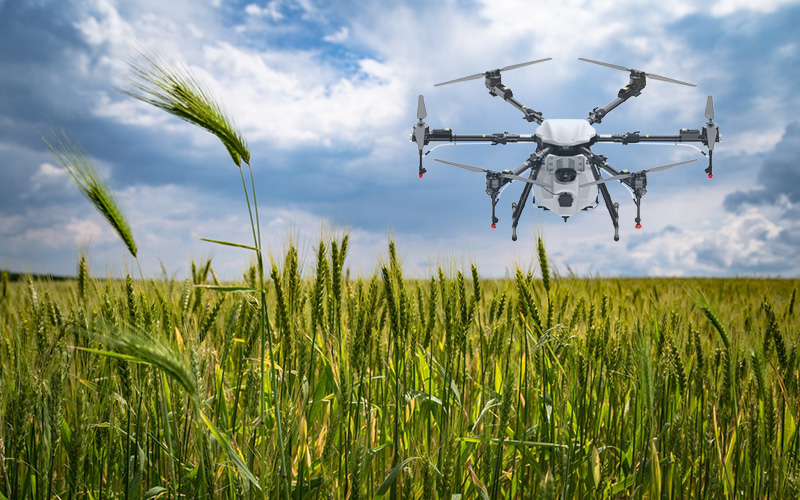By : TZX UAV
Click : 5046
Agricultural drones, also known as agro-drones or farming drones, offer a range of benefits and capabilities that can significantly enhance agricultural operations. Here are some of the key things agricultural drones can do for you:
1. Crop Monitoring and Management
Early Disease Detection: Drones equipped with multispectral cameras can capture detailed images of crop health, allowing farmers to detect diseases and pests early. This enables targeted interventions, reducing the risk of crop loss.
Nutrient Assessment: By analyzing the spectral signatures of crops, drones can assess nutrient deficiencies and recommend appropriate fertilization strategies.
Growth Monitoring: Regular drone flights can provide farmers with data on crop growth rates, enabling them to make informed decisions about irrigation, pest control, and harvesting schedules.

2. Precision Farming
Variable Rate Application (VRA): Drones can apply fertilizers, pesticides, and other inputs at variable rates based on the specific needs of each area. This reduces waste, improves crop yields, and protects the environment.
Seeding and Planting: Some drones are equipped with seeders and planters, allowing for precise and consistent planting. This can reduce labor costs and increase production efficiency.
3. Field Mapping and Analysis
Topographic Mapping: Drones can create detailed topographic maps of fields, providing farmers with valuable information about elevation, slope, and soil type. This helps in planning irrigation, drainage, and tillage operations.
Soil Health Monitoring: By collecting soil samples and analyzing them with drones, farmers can assess soil health and make informed decisions about soil management practices.
4. Resource Optimization
Water Management: Drones can monitor soil moisture levels and irrigation systems, enabling farmers to optimize water use and reduce waste.
Labor Efficiency: By automating tasks such as crop monitoring and input application, drones can reduce the need for manual labor, freeing up farmers to focus on other aspects of their operations.
5. Environmental Benefits
Reduced Chemical Use: Precision farming practices enabled by drones reduce the need for excessive chemical use, protecting the environment and promoting sustainable agriculture.
Lower Carbon Footprint: Drones can reduce the carbon footprint of agricultural operations by optimizing resource use and minimizing waste.

6. Safety and Compliance
Reduced Risk of Injury: Drones can perform dangerous tasks such as crop scouting and pesticide application, reducing the risk of human exposure to harmful chemicals and other hazards.
Regulatory Compliance: Drones can help farmers comply with regulatory requirements for crop monitoring, input application, and environmental protection.
Practical Considerations
When considering the use of agricultural drones, it's important to consider factors such as cost, regulatory requirements, and the specific needs of your operation. Drones can be a significant investment, but they can also offer significant returns in terms of increased productivity, efficiency, and sustainability.
Agricultural drones offer a range of benefits and capabilities that can enhance agricultural operations. From crop monitoring and precision farming to resource optimization and environmental benefits, drones are becoming an increasingly important tool for farmers worldwide. By leveraging the power of drone technology, farmers can improve their productivity, efficiency, and sustainability, while also reducing costs and risks.
